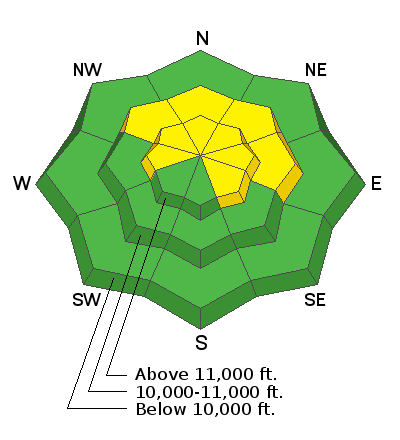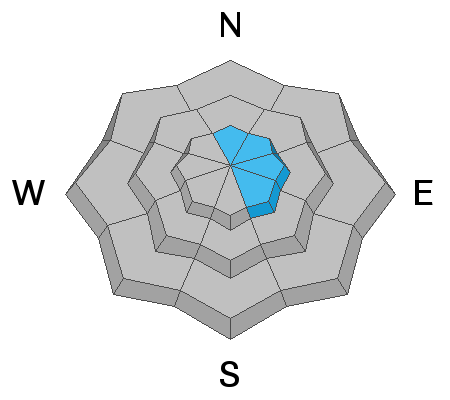Forecast for the Moab Area Mountains

Issued by Eric Trenbeath on
Friday morning, December 14, 2018
Friday morning, December 14, 2018
The avalanche danger is MODERATE on mid and upper elevation steep slopes that face NW-N-E, and human triggered avalanches breaking down into buried, persistent weak layers are still possible in these areas. The danger increases with elevation, and there is also a danger for triggering stiff slabs of recently deposited, wind drifted snow on slopes that face N-E-SE. Most S-SW facing terrain, and lower elevations have mostly LOW danger.

Low
Moderate
Considerable
High
Extreme
Learn how to read the forecast here









